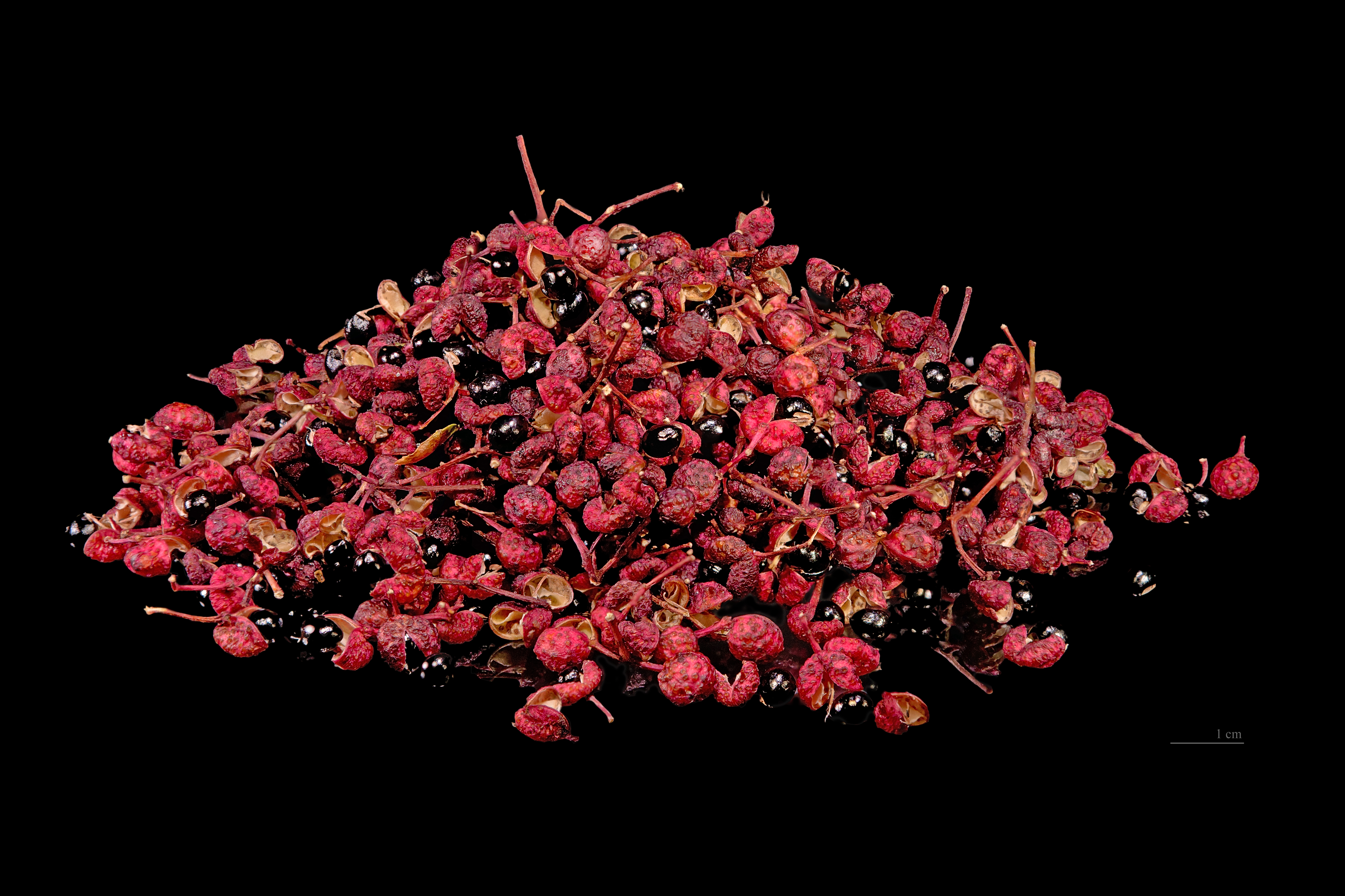|
Sancho (spice)
''Sancho'' () is a Korean spice is made from '' Zanthoxylum schinifolium'', which is less bitter than '' chopi'' made from ''Zanthoxylum piperitum''. In Korean cuisine Korean cuisine is the set of foods and culinary styles which are associated with Korean culture. This cuisine has evolved through centuries of social and political change. Originating from ancient Prehistoric Korea, agricultural and nomad ..., ''sancho'' is often used to accompany fish soups such as chueo-tang. References Spices Korean condiments {{condiment-stub ... [...More Info...] [...Related Items...] OR: [Wikipedia] [Google] [Baidu] |
Zanthoxylum Schinifolium
''Zanthoxylum schinifolium'', also called mastic-leaf prickly ash, is a species of flowering plant in the Rutaceae, the citrus family. It was first described and published in Abh. Math.-Phys. Cl. Königl. Bayer. Akad. Wiss. vol.4 (Issue 2) on page 137 in 1845 by botanists Philipp Franz von Siebold and Joseph Gerhard Zuccarini. It is native to central and eastern China, as well as temperate eastern Asia, which includes Japan, Korea, Manchuria, Ryukyu Islands and Taiwan. It is a shrub that grows primarily in the temperate biome regions. There are two accepted and known varieties: * ''Zanthoxylum schinifolium'' var. ''okinawense'' * ''Zanthoxylum schinifolium'' var. ''schinifolium'' Its peppercorns are the source of the spice Sancho (spice) ''Sancho'' () is a Korean spice is made from '' Zanthoxylum schinifolium'', which is less bitter than '' chopi'' made from ''Zanthoxylum piperitum''. In Korean cuisine Korean cuisine is the set of foods and culinary styles which ... [...More Info...] [...Related Items...] OR: [Wikipedia] [Google] [Baidu] |
Zanthoxylum Piperitum
''Zanthoxylum piperitum'', also known as Japanese pepper or Japanese prickly-ash, is a deciduous aromatic spiny shrub or small tree of the citrus and rue family Rutaceae, native to Japan and Korea. It is called () in Japan and () in Korea. Both the leaves and fruits (peppercorns) are used as aromatics and flavorings in these countries. It is closely related to the Chinese Sichuan pepper, which comes from plants of the same genus. Names "Japanese pepper" ''Z. piperitum'' is called in Japan, but the corresponding cognate term in Korean language, Korean, () refers to a different species: ''Zanthoxylum schinifolium, Z. schinifolium'', known as or in Japan. In Korea, ''Z. piperitum'' is called (). However, in several regional dialects, notably Gyeongsang dialect, it is also called () or (). "Japanese prickly-ash" has been used as the standard American common name. Varieties The variety ''Z. piperitum'' var. ''inerme'' Makino, known in Japan as are thornless, or nearly ... [...More Info...] [...Related Items...] OR: [Wikipedia] [Google] [Baidu] |
Cuisine Of Korea
Korean cuisine is the set of foods and culinary styles which are associated with Korean culture. This cuisine has evolved through centuries of social and political change. Originating from ancient Prehistoric Korea, agricultural and nomadic traditions in Korea and southern Manchuria, Korean cuisine reflects a complex interaction of the natural environment and different cultural trends. Korean cuisine is largely based on rice, vegetables, seafood and (at least in South Korea) meats. Dairy is largely absent from the traditional Korean diet. Traditional Korean meals are named for the number of side dishes () that accompany steaming, steam-cooked short-grain rice. Kimchi is served at nearly every meal. Commonly used ingredients include sesame oil, (fermented bean paste), Korean soy sauce, soy sauce, salt, garlic, ginger, (chili pepper, pepper flakes), (fermented red chili paste) and napa cabbage. Ingredients and dishes vary by province. Many regional dishes have become nat ... [...More Info...] [...Related Items...] OR: [Wikipedia] [Google] [Baidu] |
Chueo-tang
''Chueo-tang'' () or loach soup is a Korean '' tang'' (soup) that prominently features pond loach, a freshwater fish. * The city of Namwon in southwestern South Korea is known for its version of the dish. Etymology ''Chueo'' () is a nickname for pond loach, called ''mikkuraji'' () in Korean. '' Tang'' () means soup. History and tradition As irrigated rice paddies are drained after '' chubun'' (autumnal equinox), chubby pond loaches, ready for hibernation, are easily caught in the ditches dug around paddy fields. ''Chueo-tang'' () is often a featured dish in banquets for the elderly. In Hanyang (now Seoul) during the Joseon era, the guild of licensed panhandlers mandated that its members beg only for ''bap'' (cooked rice), not ''banchan'' (side dishes) or '' guk'' (soup). (The practice was intended to maintain dignity and differentiate members from unlicensed beggars.) As an accompaniment to the rice, Panhandlers hunted pond loaches and made ''chueo-tang.'' They were al ... [...More Info...] [...Related Items...] OR: [Wikipedia] [Google] [Baidu] |
Spices
In the culinary arts, a spice is any seed, fruit, root, Bark (botany), bark, or other plant substance in a form primarily used for flavoring or coloring food. Spices are distinguished from herbs, which are the leaves, flowers, or stems of plants used for flavoring or as a garnish (food), garnish. Spices and seasoning do not mean the same thing, but spices fall under the seasoning category with herbs. Spices are sometimes used in medicine, Sacred rite, religious rituals, cosmetics, or perfume production. They are usually classified into spices, spice seeds, and herbal categories. For example, vanilla is commonly used as an ingredient in Aroma compound, fragrance manufacturing. Plant-based sweeteners such as sugar are not considered spices. Spices can be used in various forms, including fresh, whole, dried, grated, chopped, crushed, ground, or extracted into a tincture. These processes may occur before the spice is sold, during meal preparation in the kitchen, or even at the ... [...More Info...] [...Related Items...] OR: [Wikipedia] [Google] [Baidu] |


